
As part of its lame effort to boost The Marvel Chronicles Volume XXXV, Chapter 4, The Falcon as Captain America, Disney has announced that it is the 31st most grossing film in the lengthy series.
This is pathetic.
Wow. @Updates4Marvel celebrates the newest #MCU movie taking over a month to earn more than ‘Black Widow’ – the first (and only) Marvel movie to get a day & date release on streaming… quite the feat. https://t.co/FFppYx0dVf
— Bleeding Fool (@BleedingFool) March 17, 2025
Even worse, no one is watching Daredevil on Disney +. When your new great hope underperforms Agatha All Along, you’ve got serious branding problems.
It’s Not The Nineties Anymore
One of the core issues with this whole superhero movie industry is that they forgot what the point of it was. Superhero films were initially profitable because they tapped into a pent-up audience desire to see their childhood icons on the big screen. Comic book culture was perhaps rooted in nerdom, but by the time Saturday morning cartoons were featuring Super Friends and you had TV shows based on Superman, Batman, Spider Man and Wonder Woman, the concept was pretty mainstream.

The initial run of Superman films was quite lucrative and that set the stage for others to follow. The 1989 Batman was a lavish production, and quite the big deal at the time, attracting a top-notch cast, not one but two soundtrack albums, and it laid the groundwork for several sequels (of varying quality) as well as the X-Men. At that same time, minor works such as The Crow and Blade were making waves. Sam Raimi, who would go on to direct Spider Man, cut his teeth on Darkman, which was something of a cult hit and you can see some of his later flourishes being developed.
The point is that a film adaptation was an event, the culmination of the creative process, a sign that a hero had “made it.” This was a big part of what made the 1990’s awesome.
Disney has converted that into an automated assembly line, endlessly churning out product strip-mined from Marvel’s extensive back catalog. There is no buzz about heroes arriving on the screen, just dread at what Disney will do to the lore. The DC Universe has already run into a ditch and frantically trying to dig its way out, but none of the bystanders care. Sad to say, we’ve been here before.

The Great Space Glut
People of a certain age will recall the seismic shock caused by Star Wars when it premiered in 1977. A runaway blockbuster, it fundamentally changed the way Hollywood perceived science fiction and space fantasy. Whereas previous efforts had been dry, abstract and usually pessimistic, here was a mass-market feel-good movie for the ages, complete with a lucrative line of merchandise.
A wild frenzy of activity followed as every possible space-based script was dug out and filmed. It was in this hot-house environment that we got such oddities as The Black Hole, Battle Beyond the Stars, Flash Gordon as well as instant classics like Alien. Battlestar Galactica was a ratings monster until it was successfully counter-programmed. Star Trek got a huge boost and the long-delayed movie was finally filmed and a new TV followed.
The point is that we have seen this kind of zeitgeist come and go. Six years later, Star Wars was retired, Star Trek was cycling down and action movies dominated movie screens.
For some reason, Disney cannot recognize that the comic book moment has passed. The magic is gone.
Is there room for superheroes in film and TV? Sure, but it’s got to be a niche thing again. You can’t have a film ‘event’ if it never ends. There has to be a sense that you have to see it now, because it won’t be coming back. Right now, the arrival of a new Disney Marvel project has less anticipation than the egg delivery at the local supermarket. To put it another way, the James Bond franchise took 59 years to produce 25 films; Disney beat that score by ten in 1/3 of the time. (Yes, Bond nerds, this total excludes independent productions like Never Say Never Again and the 1967 Casino Royale.)

The Death of Storytelling
The assembly line approach also destroys storytelling. When films had no guarantee of a sequel, that hey to be ruthlessly efficient. Batman ’89 joined the story in progress, giving us flashbacks rather than lengthy and ponderous exposition. Superman ’78 likewise moved at a rapid clip.
Contrast that with Madame Web, which was the overture for a production that will never be made (and which also wasted Sydney Sweeney’s greatest assets in the process).
If every movie is assumed to have a movie after it, there’s no urgency to the production. We now have entire films with nothing but the backstory in them, essentially a two-hour introduction to some future three-hour film that is supposed to actually advance the plot. Even streaming shows can move at a snail’s pace, padding the minutes to increase the download minutes. Agatha All Along probably could have been a decent straight-to-video 90-minute film, but as a series it was intolerable.
Moreover, there are no stakes in any of the films because even if a character “dies,” there is always another reboot on the horizon.
Thus we have a killer combination of oversaturation, plodding pacing and stories with zero dramatic heft.
Enough already. Give it a rest. Can we go back to vampires? That was fun.
****

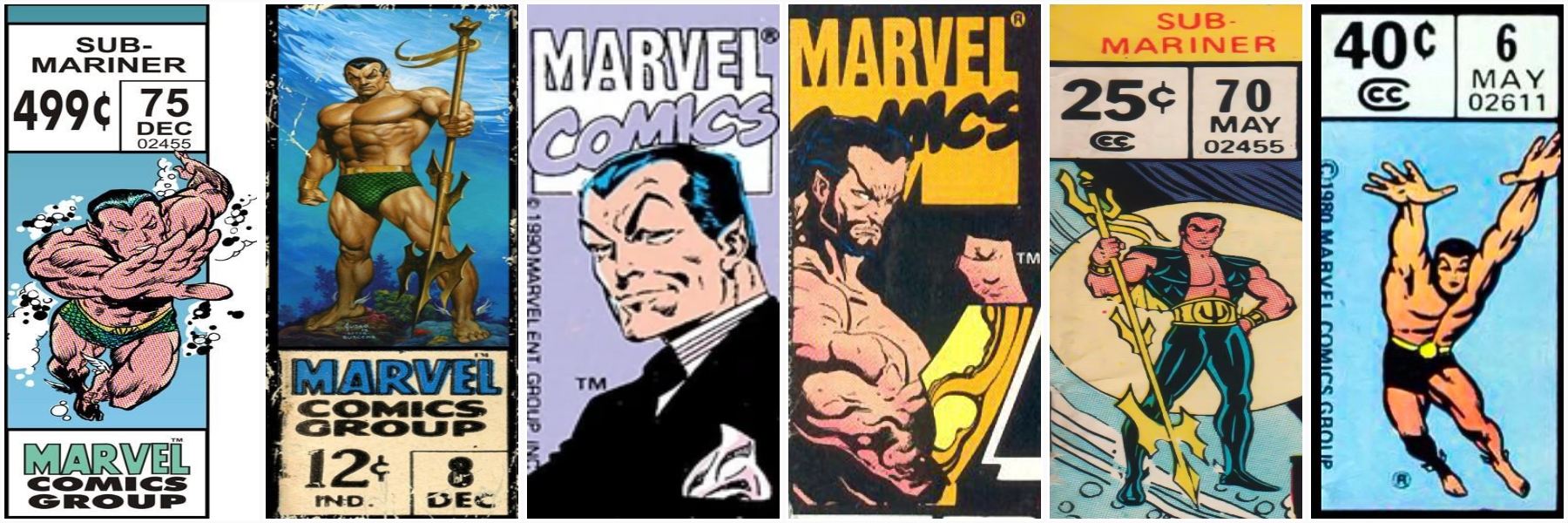


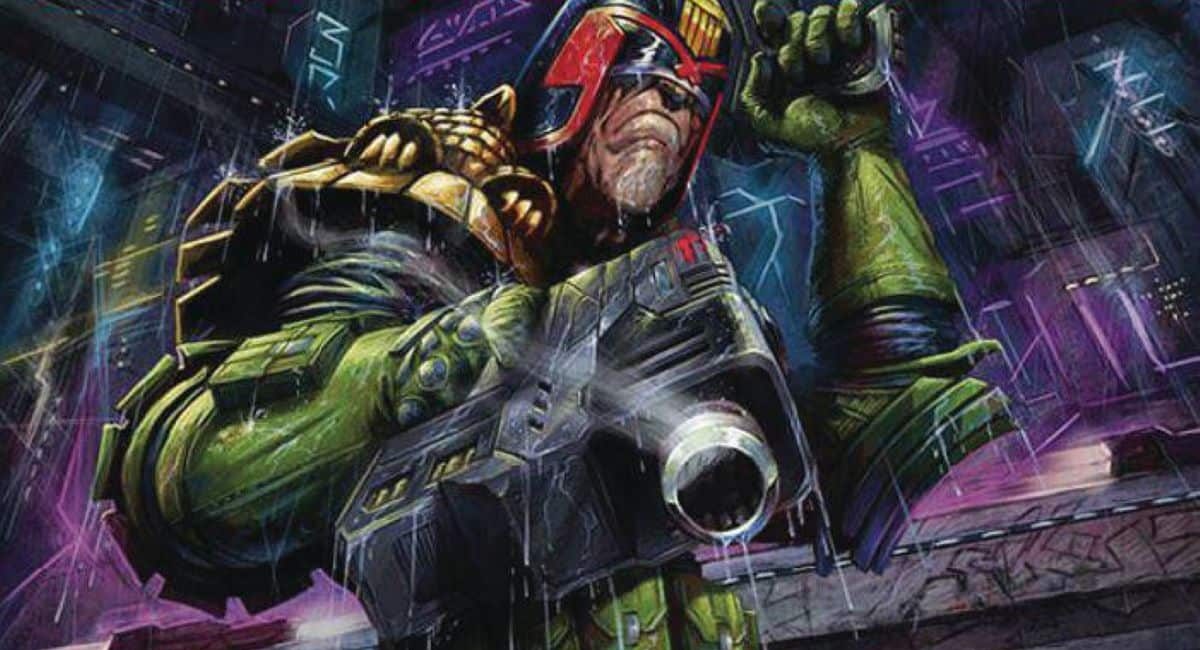
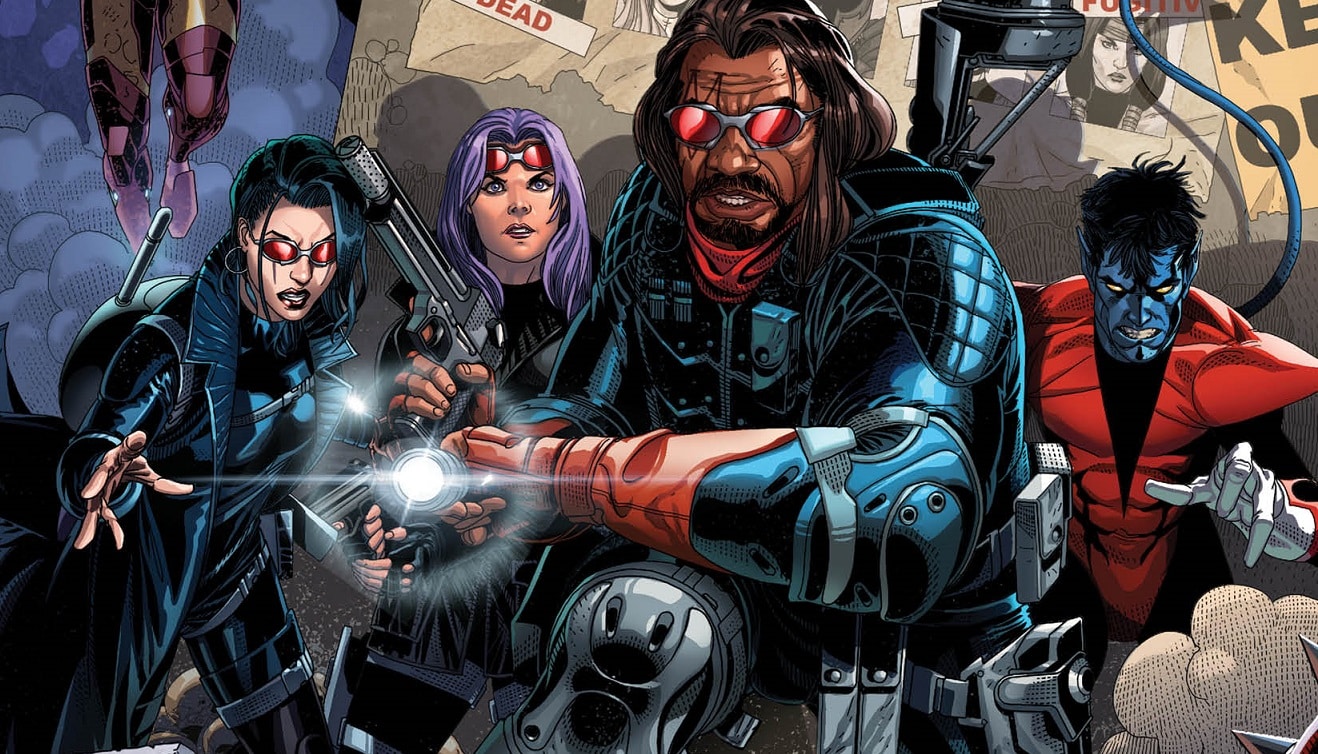


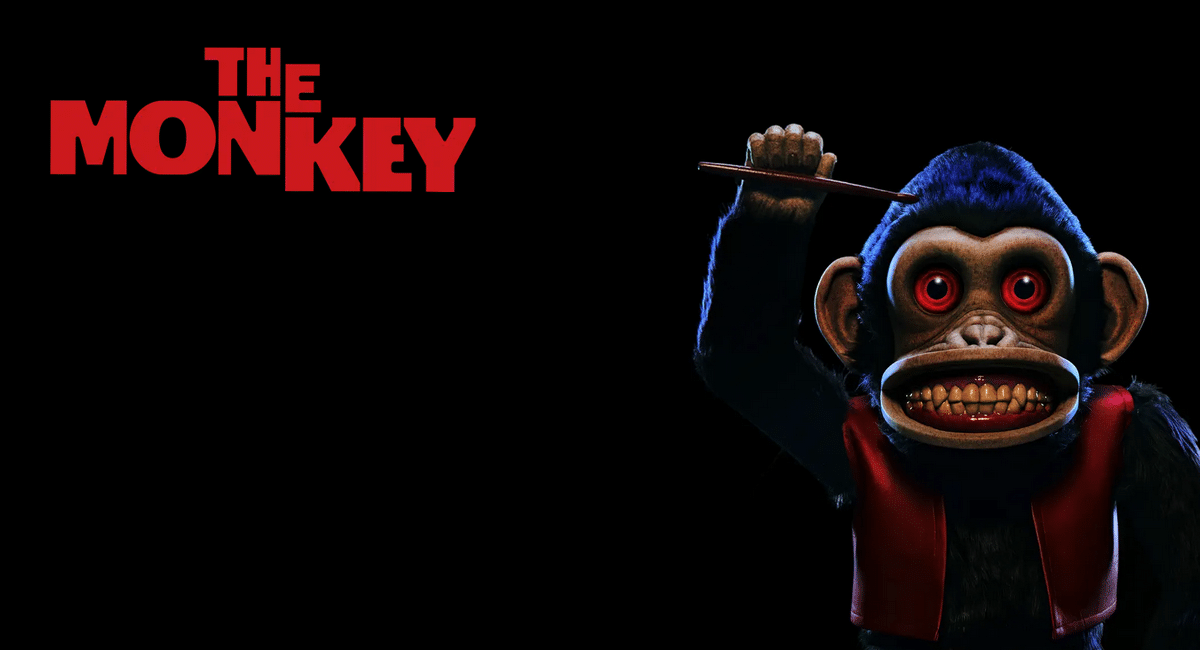

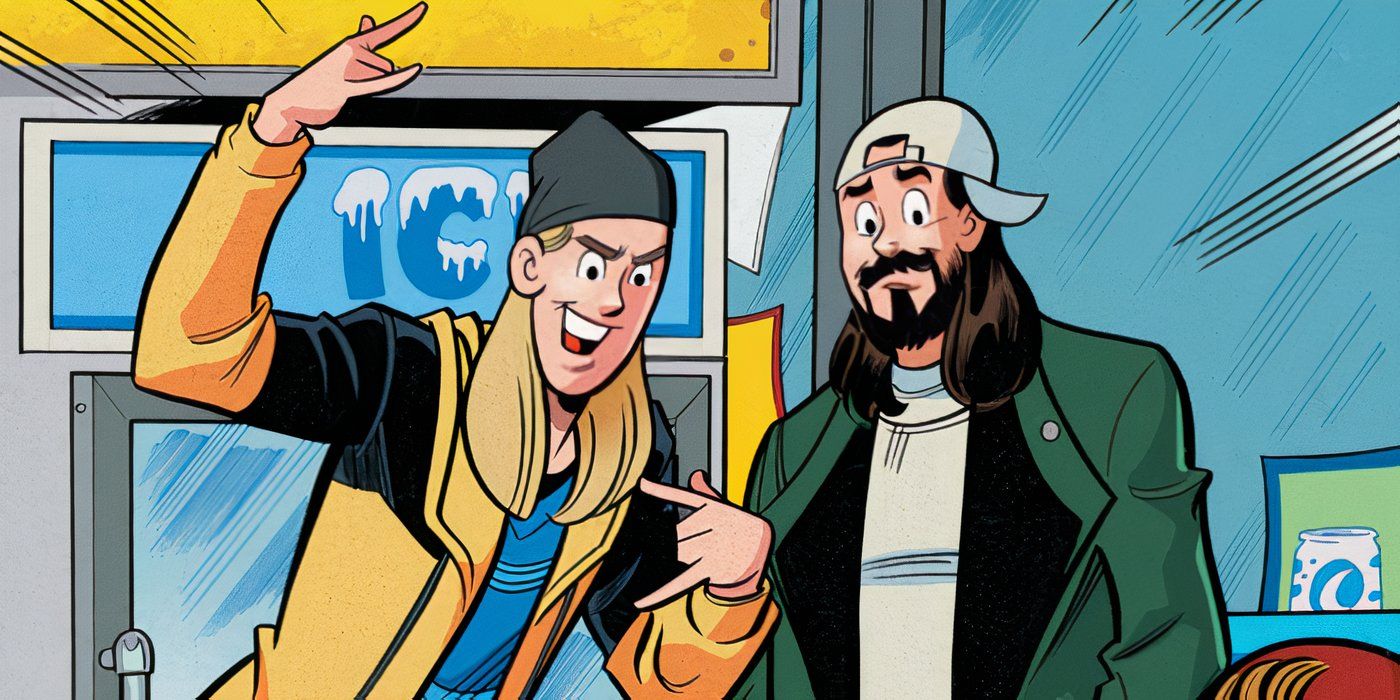

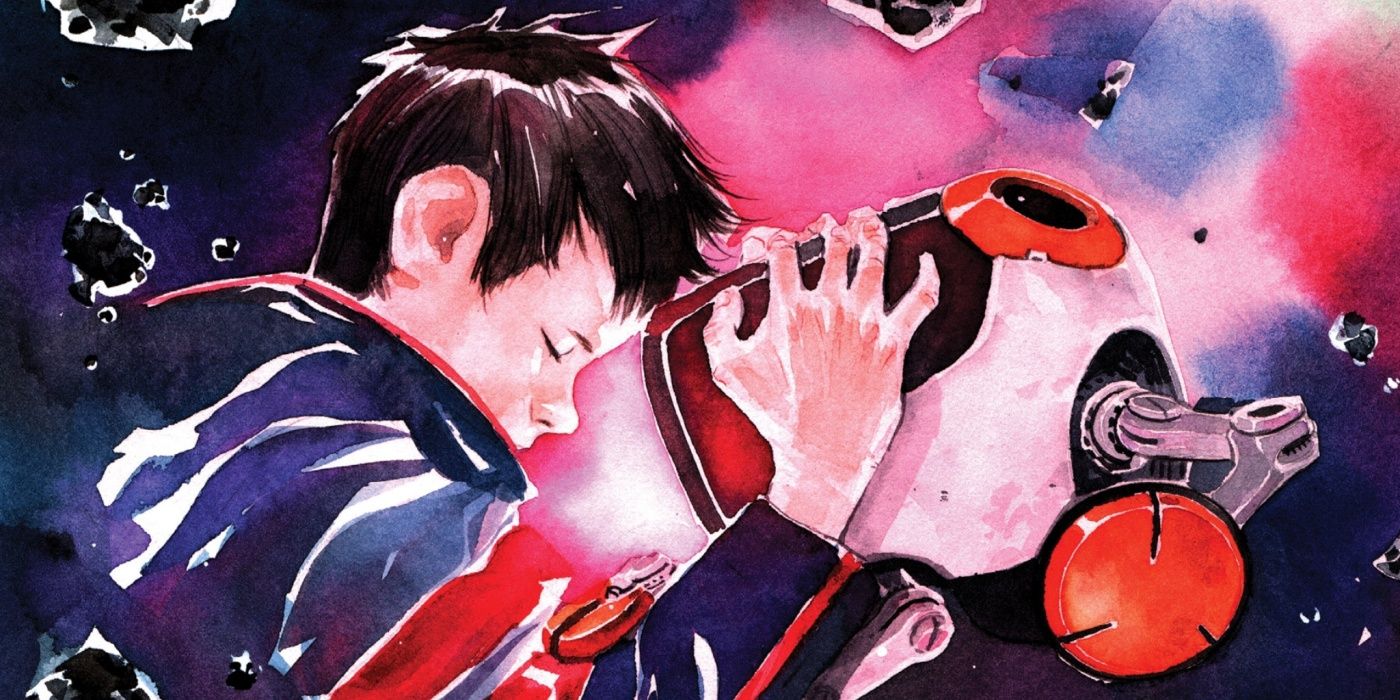


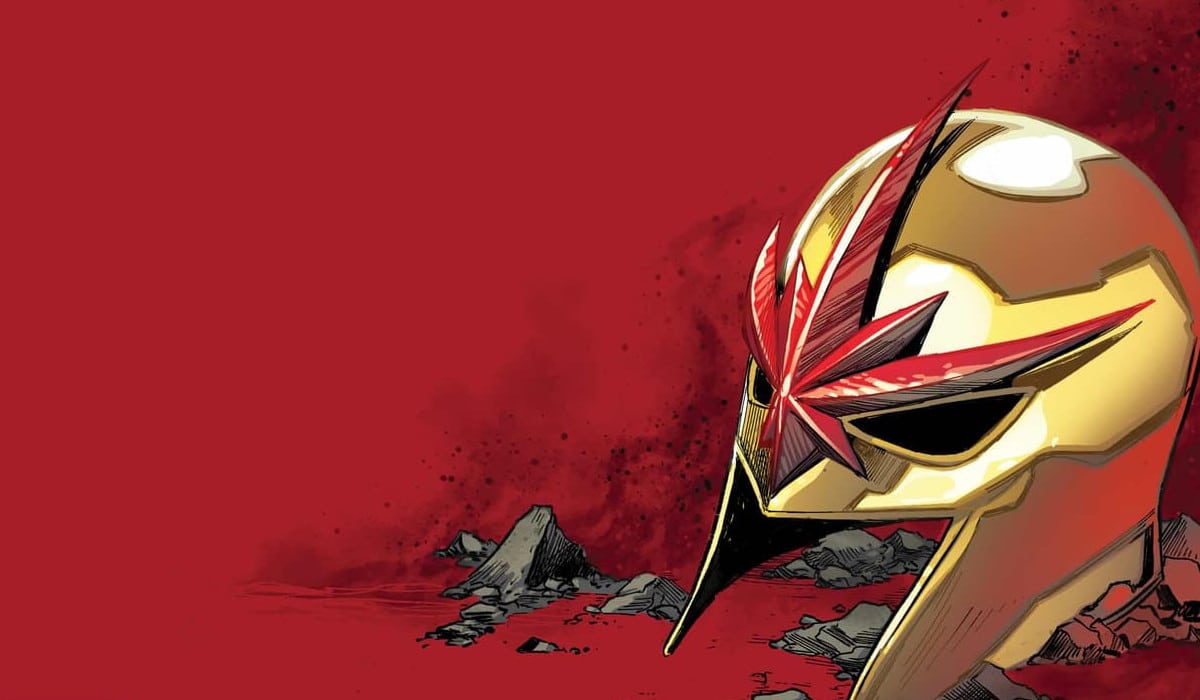

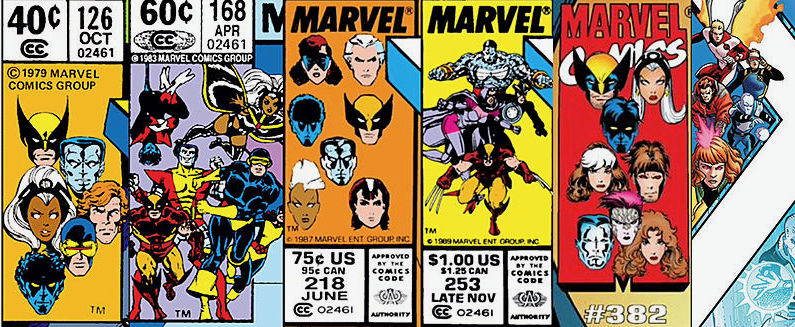

 English (US) ·
English (US) ·